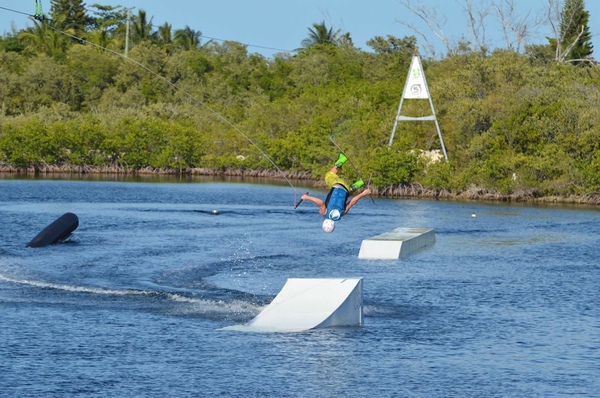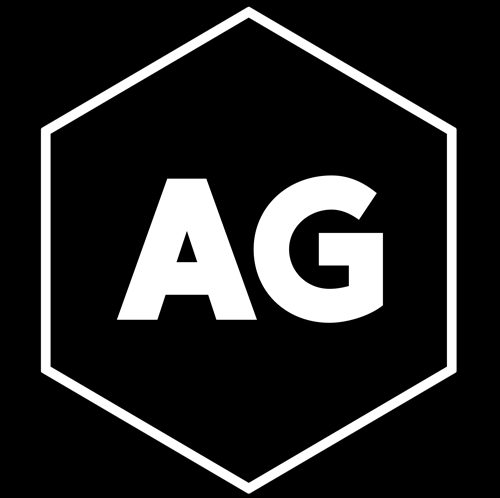Active life continues all year round. In summer you can go surfing, kite, moto and much more. But the most accessible is the Wakeboard. How to choose a wakeboard, how to choose equipment, read below.
The length of the board primarily depends on the rider’s weight: the heavier it is, the longer the wakeboard. Longer boards are suitable for beginner riders as they are more stable when starting and turning and softer when landing. Shorter boards are better suited for various rotations, flips and sharper when cornering. Placing the wakeboard on a flat surface will prevent the front and back from reaching the floor. The bend created by the board is called “rocker” and affects how well the board glides over the water surface. So, the larger it is, the smoother the slide and landing, the smaller – the sharper and more stable it is. There are three types of rockers:
Also, you will always find information on a specific board and rider weight on a sticker glued to the board.
The lighter the board, the more comfortable it is for riding and performing tricks. More suitable for cable wakeboarding and wakeboarding.
Wood-core boards are flexible to give a soft touch on landings. This technology is called either DNA or Ultra Core.
The materials used for most boards are lightweight polyurethane foam covered with a fiberglass or graphite composite.

In addition to the shape and material of the sliding surface of the board, you should pay attention to the keels or fins located on this surface. On the market you can find wakes with both built-in and removable fins.
The most common location for keels is built-in along the edges of the board, while removable keels are in the middle or closer to the center. Deeper or larger keels are good for novice riders as they make the board more stable while riding, allowing it to be controlled around corners and avoid unnecessary spins.
Smaller fins (4 cm and less), on the contrary, make the board more mobile, more convenient for performing various tricks. The location of the fins also affects the quality and style of riding: the closer the keels are to the middle of the board, the faster the board’s “reaction”; the closer to the edges of the board, the more stable the wake.
Bindings :
The first option is a universal size sandal mount.
The advantage of these bindings is that they fit under the rider’s foot regardless of its actual size, they can be easily removed and put on.
The downside is that they lose the ability to reliably fix their feet when rolling.
The second option is boot-shaped bindings that need to fit exactly under your foot. Pay attention to the fastening material (whether it absorbs shock well; whether the fastening plates are deformed)
How does the bindings fit on the leg (the tighter it fits the leg, the better it is held in place, and therefore less likely to be injured), are you comfortable wearing them.
Wakeboard picked up, bindings bought – It’s time to learn to ride! Check out the wake parks nearby.


